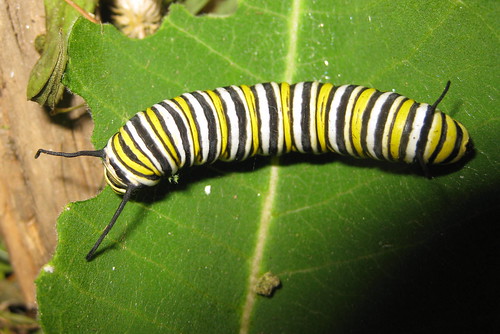
Monarch caterpillars feed on milkweed. The migratory Monarch butterfly makes a 2,000+ mile journey from Vermont to Mexico each fall. Join NBNC for Monarch tagging on Wednesday afternoons as we attempt to track their journey. More info about this program
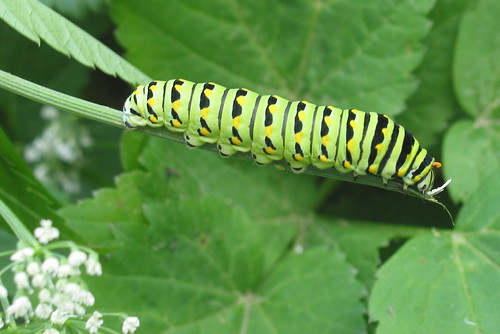
Black Swallowtail caterpillar near the NBNC building at the edge of the field. Their host plants include those in the carrot family, such as Queen-Anne's-Lace, parsely, and dill.
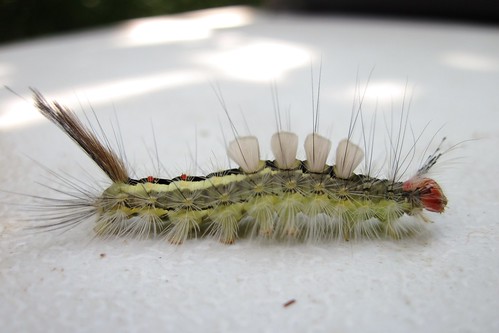
White-marked Tussock Moth. Caterpillars feed on a wide range of hardwoods and contain hairs(setae) that can cause skin irritation if handled.
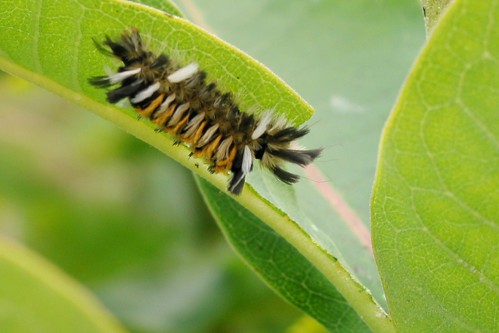
Milkweed Tussock Moth. To no surprise, caterpillars feed on milkweed. They can be gregarious, forming large groups.
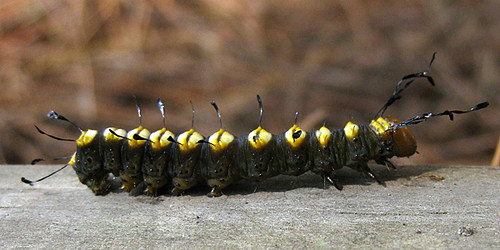
Paddle Caterpillar (Funerary Dagger Moth). A striking caterpillar whose long, paddle-shaped setae give it the resemblance of a viking ship. The caterpillar is described as "scarce" in Caterpillars of Eastern North America, but this individual was found right in the front lawn of NBNC!

No comments:
Post a Comment